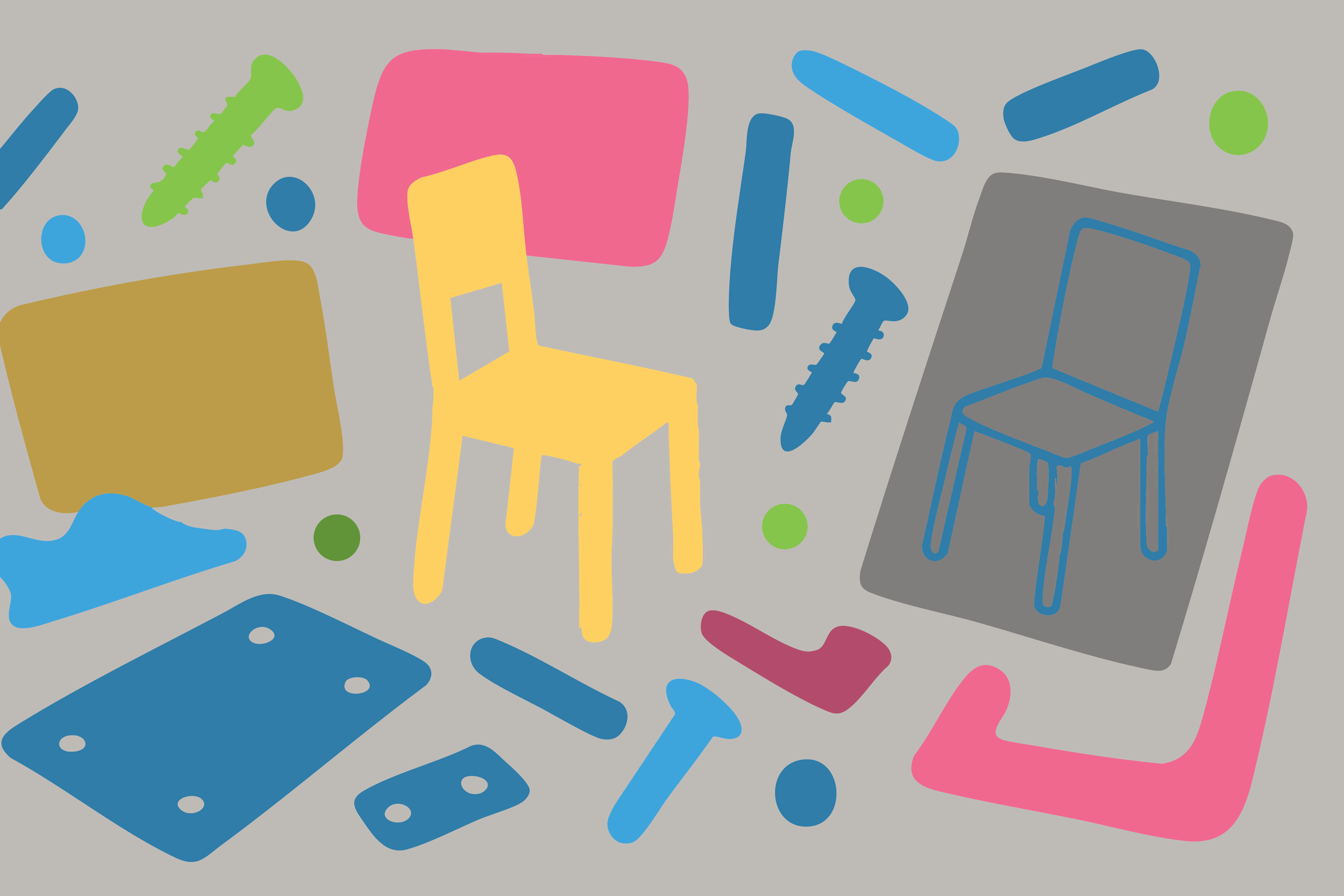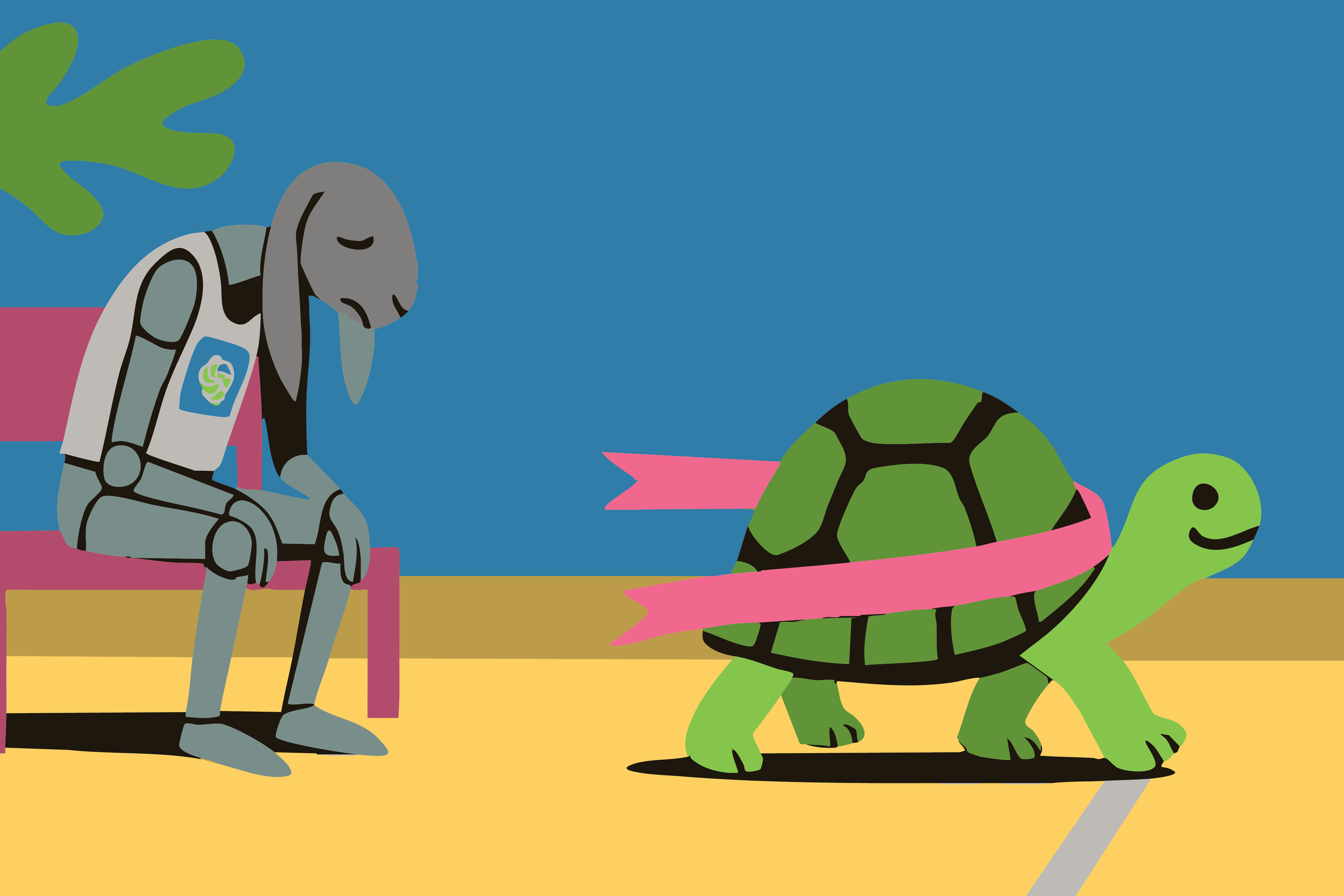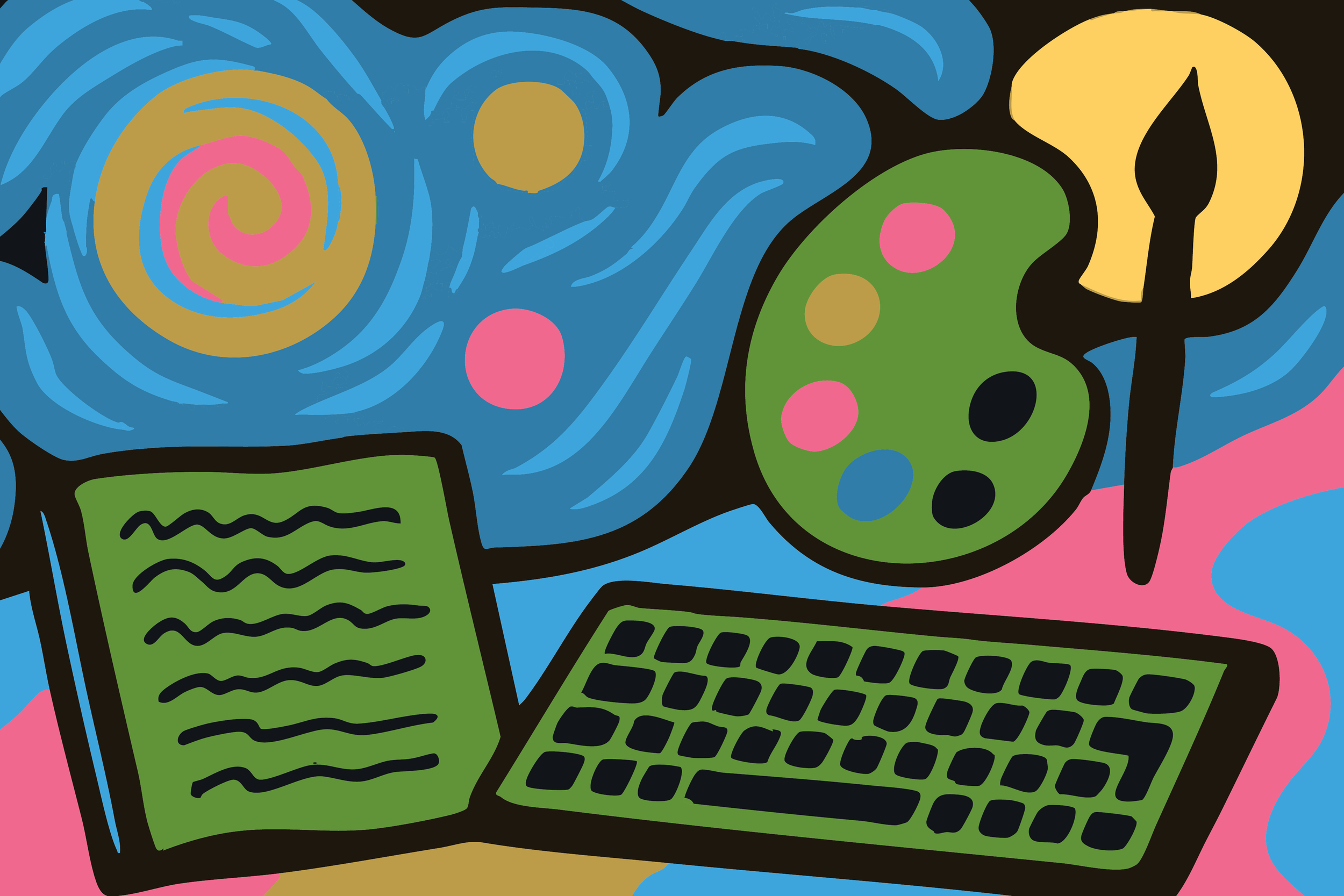We are the ones doing the actual work.
Not the keynote speakers.
Not the vision-havers.
The ones still up at midnight trying to debug a hallucinated postcode or explain, again, that AI isn’t magic,
it’s maths with delusions.
We are the people who actually
understand how machine learning works,
and more importantly, how it doesn’t.
Our job isn’t to overhype.
It’s to interpret, challenge,
translate, and fix.
Sometimes reluctantly.
Always with care.
The software industry isn’t crashing, it’s correcting. For years we treated lines of code like gold dust, when in reality they were always cheap, easy to produce, and increasingly worthless. What mattered was never the syntax or the tool of choice, but the thinking behind it: defining the right problem, respecting constraints, and resisting the urge to build for the sake of building. Instead, we built a cult of tools, celebrated output over outcomes, and trained armies of typists rather than engineers. Now globalisation and AI have stripped away the illusion, flooding the world with disposable text. The real work — disciplined engineering, clarity, and restraint — has never been more valuable. What we’re getting instead is just more code, and with it, more liability.
AI isn’t here to replace you, it’s here to strip away the theatre and expose where the actual work happens. The boilerplate, the flat-pack assembly line of code, that’s what machines will do. What’s left is the part that can’t be diagrammed into neat boxes: judgment, values, and the awkwardly human job of deciding where decisions should sit. Architecture isn’t about pretty pictures anymore, coding isn’t artisanal unless it needs to be, and AI isn’t magic—just another IKEA factory churning out parts. The question isn’t “will AI replace you?” but “when the screws don’t fit, are you the one who still knows how to make the chair stand up?”
AI is the hare—fast, dazzling, and dangerously overconfident—while software engineering discipline is the tortoise: slow, boring, and undefeated. The hare can sprint out code at inhuman speed, but only the tortoise’s steady practices—tests that anchor reality, automation that catches chaos, collaboration that thrives on diverse perspectives (human and agentic), and simplicity that resists needless complexity—actually carry you to the finish line. AI didn’t repeal the laws of software engineering; it just handed you more rope. Whether you build with it or hang your system from the nearest deployment pipeline is still entirely up to you.
The myth that art is only valuable if it’s born from suffering is as outdated as forcing kids to prove their intelligence through neat handwriting. Creativity isn’t about grind, it’s about judgment—curating, shaping, and deciding what matters. AI doesn’t erase that; it shifts where the effort lies. Like a synthesizer or a keyboard, it’s just another tool that removes pointless friction and expands possibilities. The artist’s role remains the same: not to count brushstrokes or hours, but to turn chaos into resonance. AI won’t diminish art, it will only expose that the real work was never the toil—it was always the vision.




